The 12-week program that completely rebuilt a 40-year-old golf writer
I’ve worked at Golf Digest for 13 years, and lucked into plenty of plum assignments along the way. But this one might end up being my favorite. It was certainly the most helpful for my golf.
That’s because I somehow snagged an assignment where the goal was to become a better player. For real. And not only would I get to work on my game under the guise of it being for my job, I would get professional help. Serious professional help.
As a father of two young girls who was about to turn 40, the timing couldn’t have been better. The past few years had seen my number of rounds played go down and my handicap go up. In the throes of this mid-life golf crisis, I got hooked up with the team at The Golf Performance Center in Ridgefield, Conn., to embark on an intensive 12-week game-improvement program. More than just a series of golf lessons, I would be paired with golf coaches, trainers, clubfitters and even a sports psychologist to see what type of progress I could make. And you’d see it, too, since we documented the whole thing on camera.
Well, we’re finally able to share those results. The 12-minute video chronicles my dramatic transformation over the past three months. How dramatic? Well see for yourself and I’ll be back for your questions.
OK, maybe you still have questions. Let’s get to some of them now.
How much working out did you do?
I didn’t go all Bryson DeChambeau, but for me, it was a lot. I tried to do some of the exercises trainer Tyler Campell prescribed for about 20-30 minutes every other day. And in the last couple weeks before my final PDI assessment, I ramped that up to daily. Again, these were all workouts I could do at home and with minimal equipment. By the end, the exercises I focused on were hip bridges using a band, squats using a kettlebell, half-kneeling rotations, and planks.
What was the biggest change you made to your golf swing?
That’s the craziest part, we didn’t make any huge changes from a technical standpoint. Teacher Dennis Hillman noticed I didn’t come over the top as much when I made a slow-motion swing so I did a lot of 50-percent swings both without a ball and at the range and would try to build from there. He also noticed my grip got weaker the longer the club I hit so I switched everything to a stronger grip. We also adjusted my posture (more bent at the hip) and stance (feet narrower). But again, most of the changes came from strengthening various parts of my body to give me more stability and rotation. As far as hitting golf balls, the bulk of the change came from how I practiced, from working more on shaping shots to dialing in distances.

What was the most impressive jump you made in your game?
My distance gains were pretty jarring. At the start of the program, I was averaging about a 215-yard carry with the driver and maxing out in the 220s. By the end, I was averaging over 240 with some carrying 255-plus thanks to gaining about 5 mph with my swing speed. My fairway woods made similar gains, which gave me a lot more options off the tee. But because I was driving it the best I ever have, I almost always hit that club. Which is amazing because it had been benched on my trip the year before when I literally couldn’t hit it in play under pressure.
Speaking of which, that was the other main difference. Thanks to my work with Dr. Josh Brant, my driver yips under pressure disappeared. And that can be attributed to two things: working on my breathing and connecting to my target before and during the golf swing. The second one was the most difficult to do. Seriously, try to keep a picture of your target in your head throughout your golf swing without being interrupted by other thoughts. Then try doing that for every swing during an entire round. It’s harder than you think, but the results are pretty amazing when you pull it off. I know I’m still vulnerable to my swing breaking down under pressure—every golfer is—but I’m much better prepared to fend that off now, and to not get in a bad rut when I do hit a poor shot.
Would you recommend doing this to anyone?
Heck yeah! But it won’t be cheap (again, I was lucky this was for work)—and it won’t be easy. Between the workouts and the range sessions (31 during the 12 weeks, most of which came once the weather got better in May), I put a lot of time and effort into this—in part, because these guys put a lot of time and effort into me. Oh, and it also didn’t hurt that I could always use the old “I’m doing it for work” excuse to go to the basement or get out of the house to practice for a bit. But what a great experience. I would recommend trying a long-term, holistic approach to improving your game to anyone. Even doing a little every day for 12 weeks can make a big difference. And I’m having as much fun playing as I can remember—even if I don’t get to play as much as I used to before becoming a parent.
By the way, we also chronicled this whole thing for the latest episode of our Local Knowledge podcast. It has even more info on the process, and it has the added benefit that you don’t have to see me do any squats. It may be a personal journey, but it’s one that I believe others can learn from—and one that hopefully you’ll enjoy following along.

